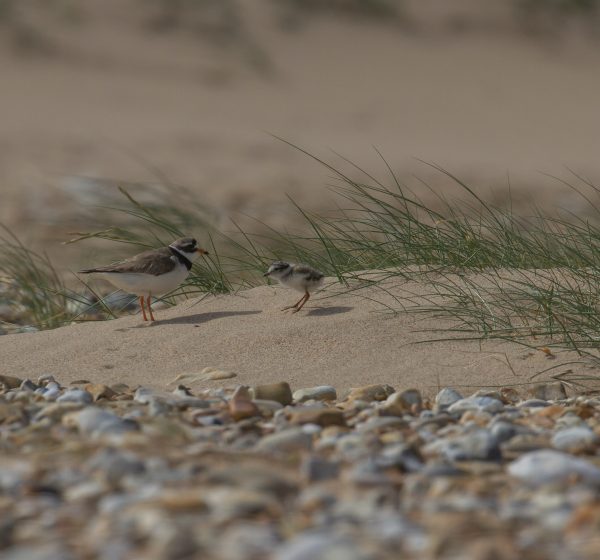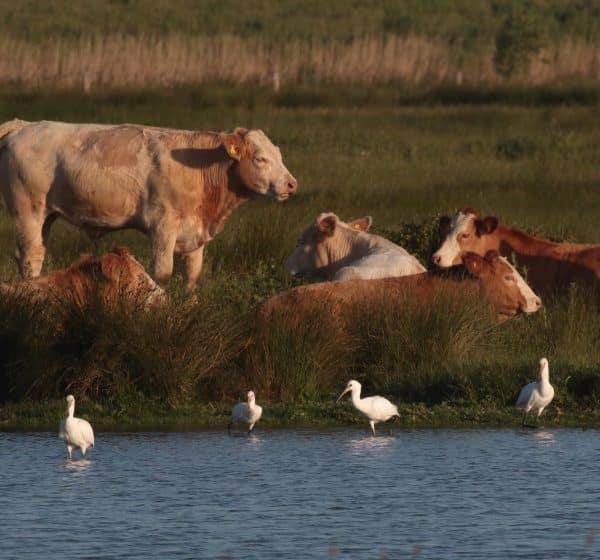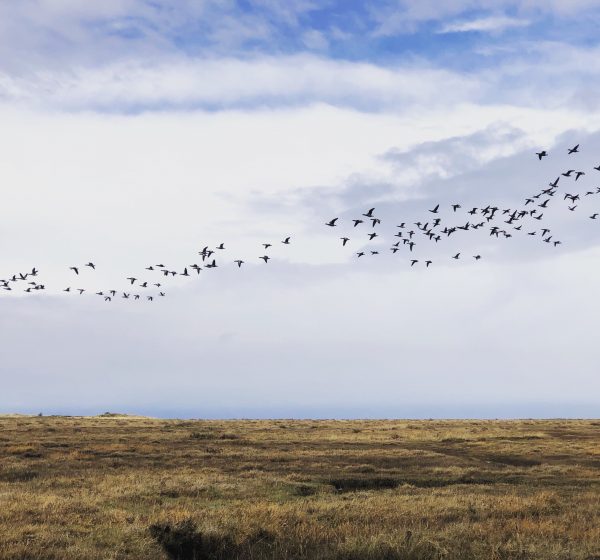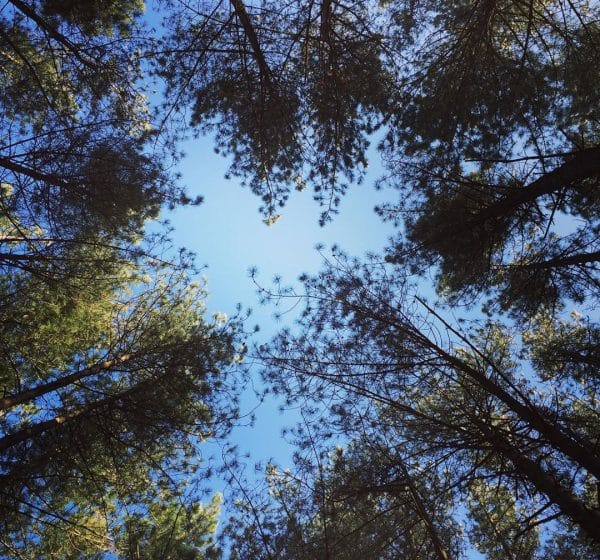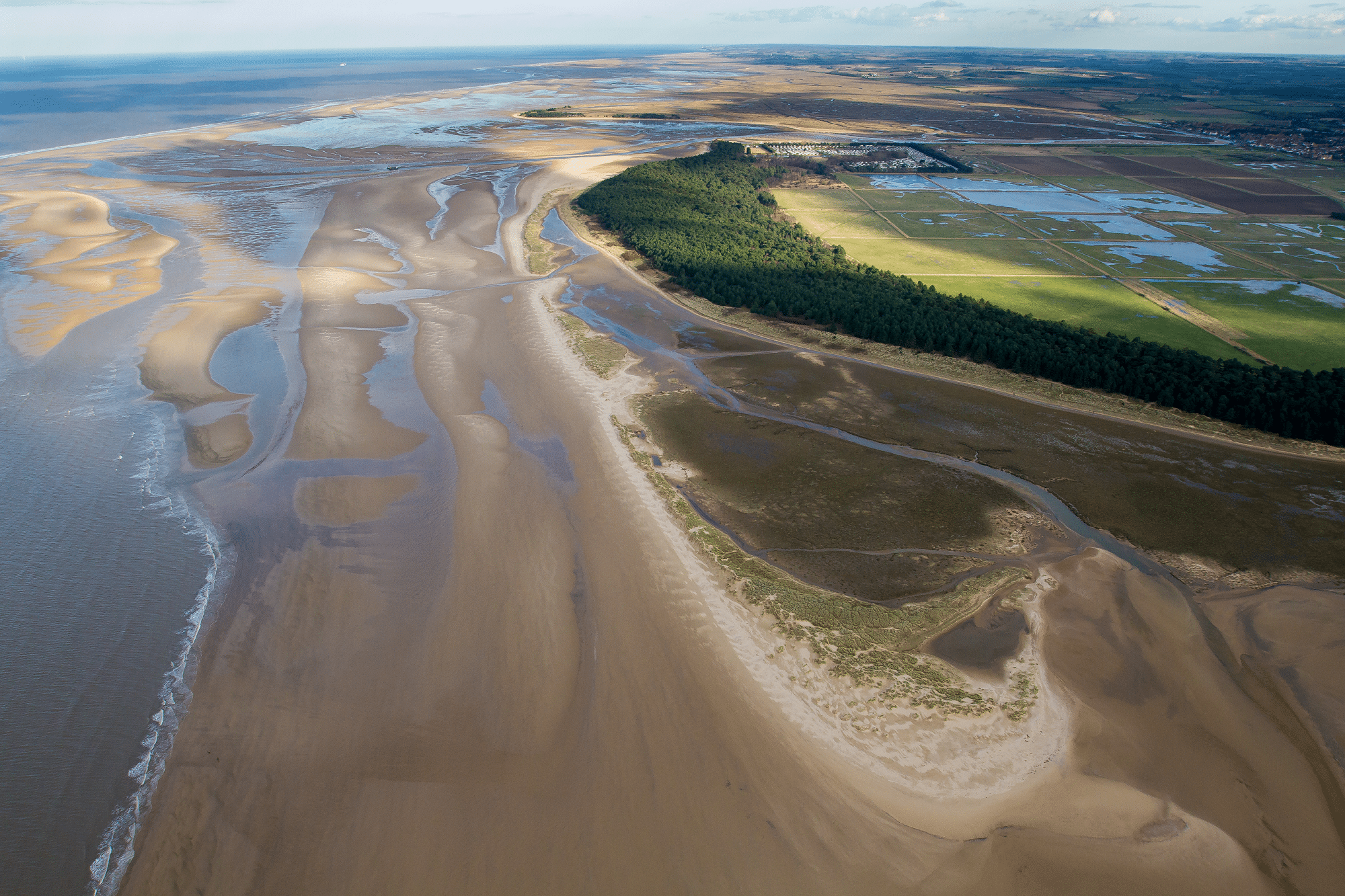
Nature Reserve Locations
Coast path to the west of Abraham’s Bossom
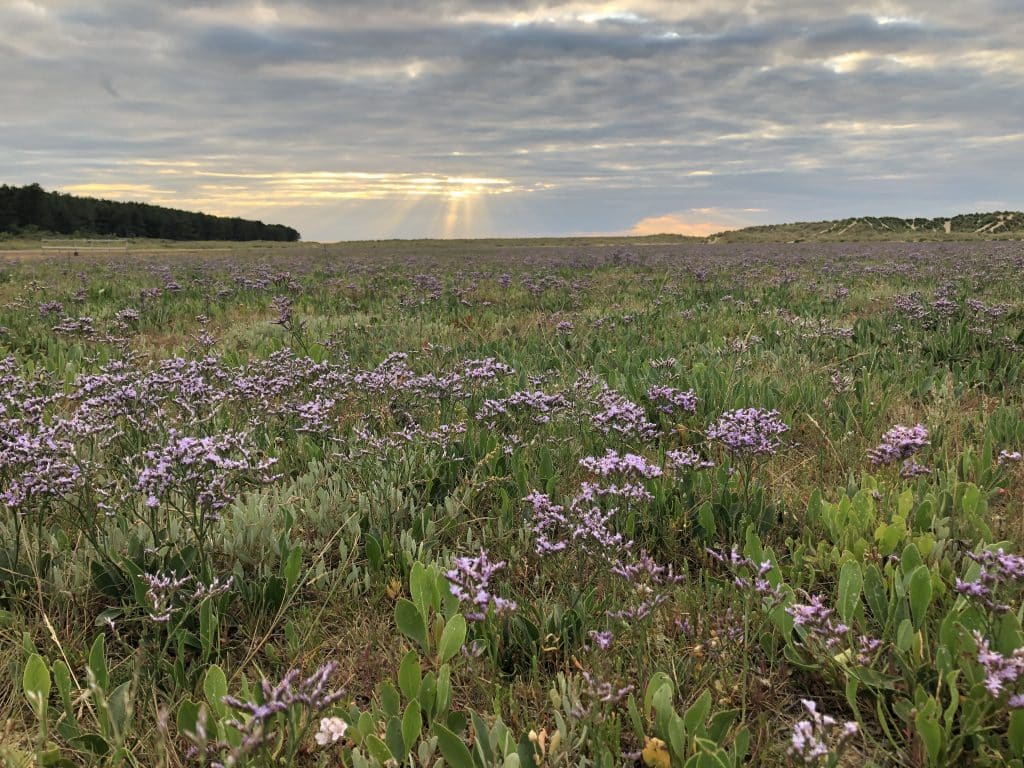

Our coastal landscape can change very quickly. To the east, the coast is eroding whilst elsewhere shingle banks are building and gathering windblown sand. Holkham Bay’s tall dune islands on the foreshore have appeared in the last sixty years. Sometimes, after severe storms, whole sculptured ridges can vanish overnight.rnrnWildlife in this harsh environment has to be tough, but we can help. Oystercatchers and Ringed Plovers ground-nest in the dunes, laying pebble-patterned eggs. Little Terns, often seen hovering and diving for fish just offshore, are a special summer visitor to Holkham. We cordon off areas and ask for dogs to be kept on leads to help shore birds nest and raise their young.rnrnSand dunes are fragile and the plant communities are easily destroyed by trampling, leading to disastrous wind erosion. Boardwalks and steps help visitors to cross the beach without damaging the hard-pressed vegetation.
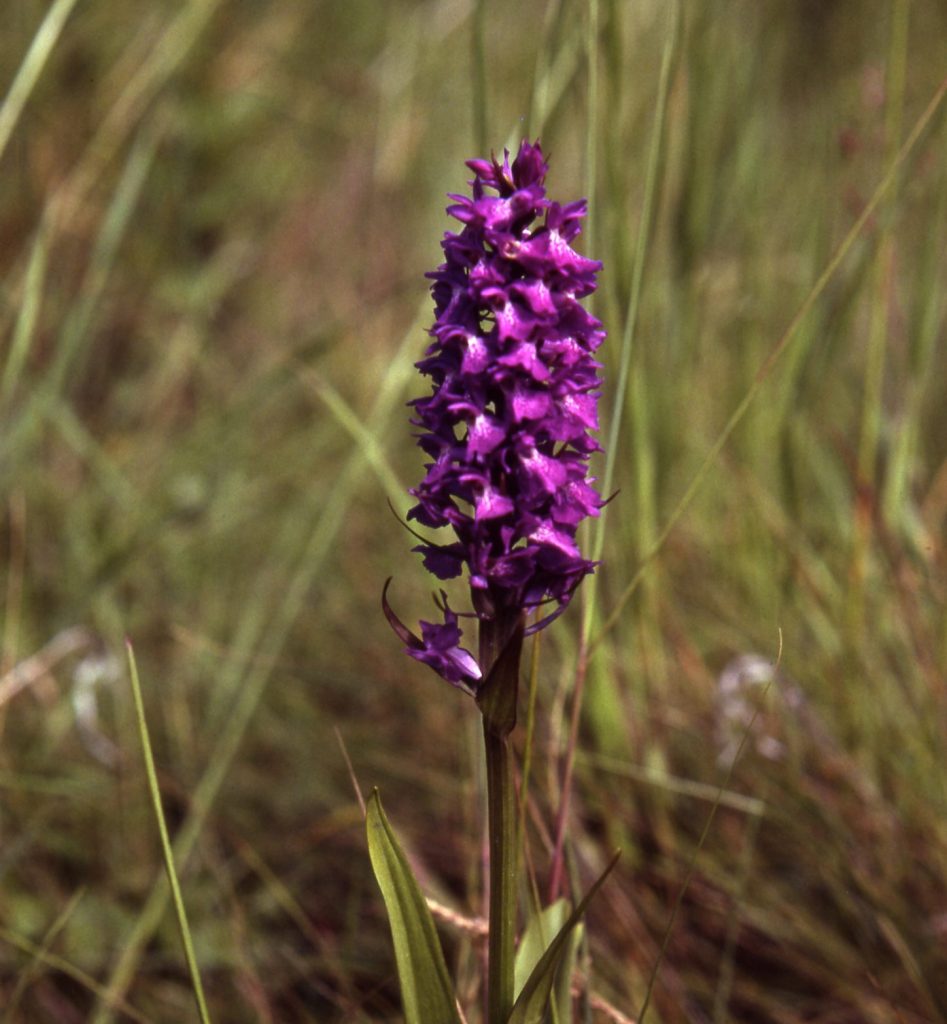
Dune flowers to spot:
u003culu003ern tu003cliu003eMarsh Helleborineu003c/liu003ern tu003cliu003ePyramidal Orchidu003c/liu003ern tu003cliu003eSouthern Marsh Orchidu003c/liu003ern tu003cliu003eRue-leaved Saxifrageu003c/liu003ern tu003cliu003eEarly-flowering Forget-me-notu003c/liu003ern tu003cliu003eCorn Saladu003c/liu003ern tu003cliu003eHounds Tongueu003c/liu003ern tu003cliu003eLady’s Bedstrawu003c/liu003ern tu003cliu003eSea Hollyu003c/liu003ern tu003cliu003eSea Bindweedu003c/liu003ern tu003cliu003eLesser Centauryu003c/liu003ern tu003cliu003eCarline Thistleu003c/liu003ern tu003cliu003ePloughman’s Spikenardu003c/liu003ern tu003cliu003eBird’s-foot Trefoilu003c/liu003ernu003c/ulu003e

